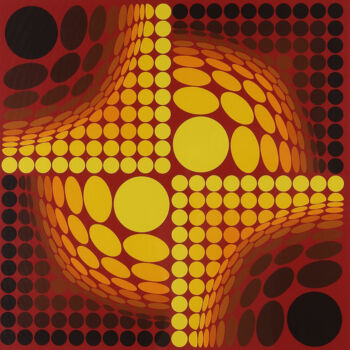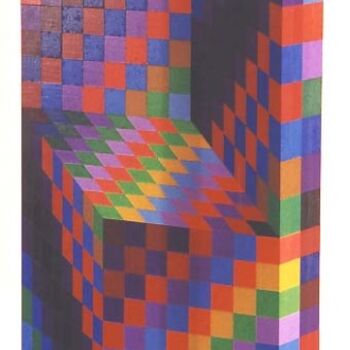Kroa 1968 (1968) Sculpture by Victor Vasarely
Sold
See more from Victor VasarelyThe artist offers works on commission
Did you miss the opportunity to buy this work? Good news: the artist can also create a custom work, just for you!
Sold by DAKKARA Art Galleries
-
Limited Edition (#1/100)
Sculpture,
Aluminium
/
Metals
/
Wood
on Wood
- Dimensions Height 13in, Width 13in / 8.00 lb
- Fit for outdoor? No, This artwork can not be displayed outdoor
- Categories Sculptures from $20,000 Geometric Architecture
Signed "Vasarely 'Kroa' 1968"
Size US: 12 x 12 x 12 in
Size Europe: 30,5 x 30,5 x 30,5 cm
Victor Vasarely (1906-1997) was born in Pecs (Hungary). He was a French-Hungarian artist credited as the grandfather and leader of the Op Art movement.
Utilizing geometric shapes and colorful graphics, the artist created compelling illusions of spatial depth, as seen in his work Vega-Nor (1969). Vasarely’s method of painting borrowed from a range of influences, including Bauhaus design principles, Wassily Kandinsky, and Constructivism.
In 1965, Victor Vasarely participated to the exhibition “Responsive Eye” (New York) wich dedicated the optical Art (Op Art). The man was interested in the physics, in the architecture, in the industry and wanted his universal language. In 1976, he created his foundation in Aix-en-Provence, and drew a building that concretized his conception of the art in the town. Vasarely set up a contemporary art center and a meeting and search lavatory for artists, architects and engineers. He has been celebrated in the biggest museums of the world.
Related themes
Victor Vasarely, born Győző Vásárhelyi on April 9, 1906, in Pécs, Hungary, was a pioneering figure in the world of modern art and is often celebrated as the father of the Op Art movement. He was a prominent artist renowned for his exploration of geometric abstraction and optical illusions.
Vasarely's early life was marked by a passion for art, and he began studying medicine at Budapest University in 1925. However, he soon abandoned his medical studies to pursue his true calling in the arts. In 1927, he enrolled at the Műhely, a renowned art school in Budapest, where he was influenced by Bauhaus ideas and abstract art. He studied under influential figures like Sándor Bortnyik, who played a pivotal role in shaping his artistic vision.
In the 1930s, Vasarely moved to Paris, where he continued to refine his artistic style. It was during this period that he adopted the name "Vasarely," which is a phonetic transformation of his Hungarian surname, Vásárhelyi. He began to experiment with abstract geometric shapes and optical effects in his artwork.
Vasarely's breakthrough moment came in the 1950s when he developed the distinctive style that would become synonymous with Op Art. His works featured meticulously arranged geometric forms and contrasting colors to create the illusion of movement and depth. His Op Art pieces, including "Zebra" and "Vega-Nor," are iconic examples of this genre.
The Op Art movement, short for Optical Art, aimed to engage viewers through optical illusions and perceptual tricks. Vasarely's work became associated with this movement, and he played a vital role in popularizing it, gaining international recognition in the process.
In addition to his artwork, Vasarely was deeply committed to making art more accessible to the public. He believed in the concept of "democratic art" and produced multiples of his works, such as serigraphs and lithographs, making them affordable and widely available.
Victor Vasarely's influence extended beyond the realm of fine art. His optical designs and geometric patterns found their way into commercial and industrial applications, including graphic design, product packaging, and even architectural projects. His art was featured in exhibitions worldwide, and he received numerous awards and accolades throughout his career.
Vasarely's artistic legacy continues to inspire contemporary artists exploring the boundaries of visual perception and abstraction. He passed away on March 15, 1997, in Paris, leaving behind a substantial body of work and an enduring impact on the world of art and design. His contributions to the Op Art movement and his innovative use of geometric abstraction and optical illusions remain celebrated and influential in the art world.
-
Nationality:
UNITED STATES

- Date of birth : 1906
- Artistic domains: Represented by a Gallery,
- Groups: Contemporary American Artists Artists presented by a gallery

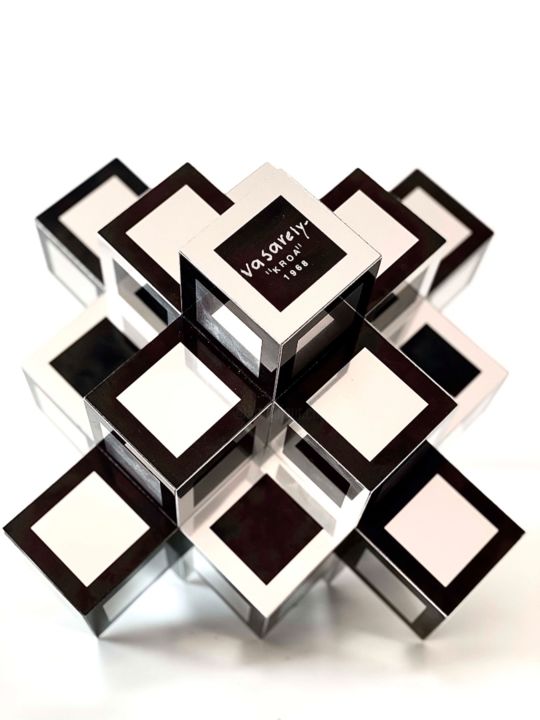
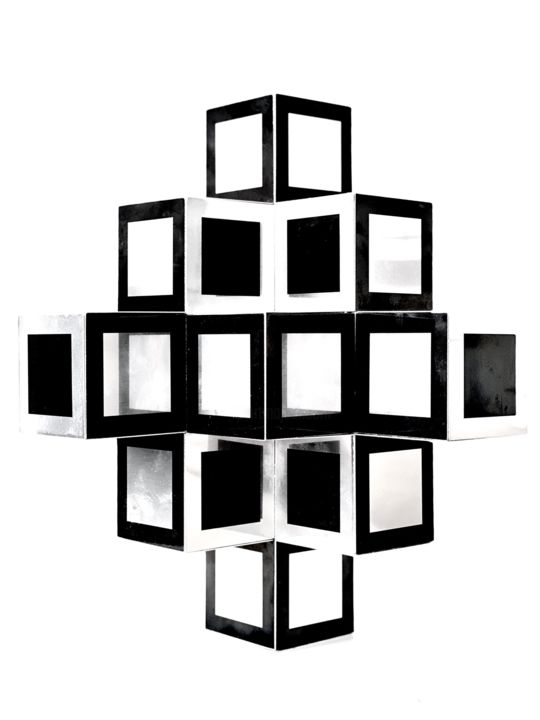








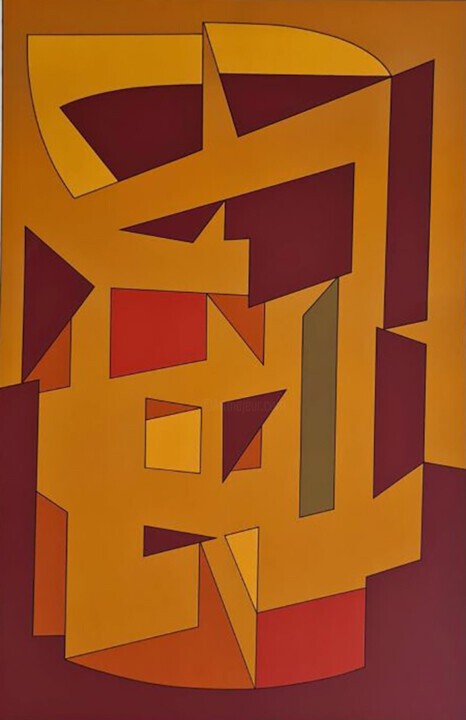 Top Artist to Invest in Right Now: Victor Vasarely
Top Artist to Invest in Right Now: Victor Vasarely
